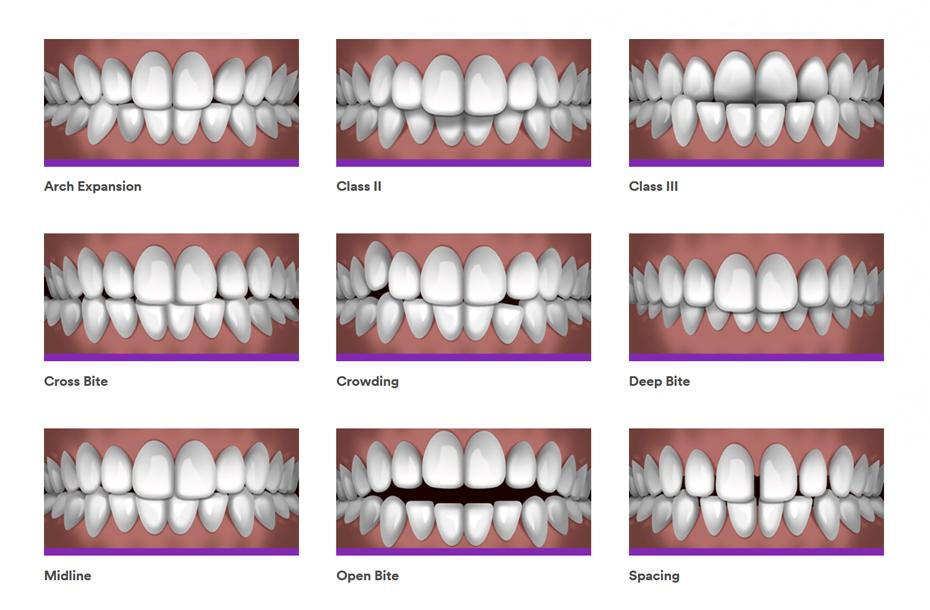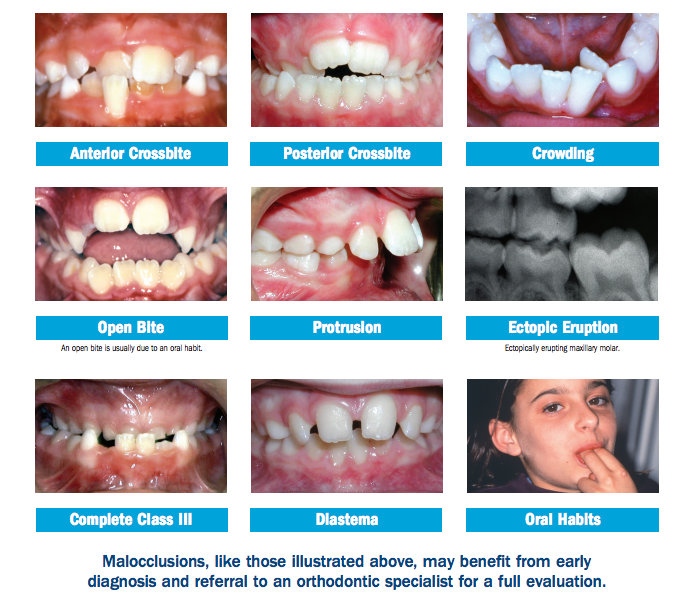What Does Causey Orthodontics Do?
Table of ContentsMore About Causey OrthodonticsTop Guidelines Of Causey OrthodonticsCausey Orthodontics for BeginnersThe 7-Second Trick For Causey OrthodonticsThe Definitive Guide to Causey Orthodontics
Ignoring occlusal partnerships, it was normal to get rid of teeth for a range of dental issues, such as malalignment or congestion. The idea of an intact dentition was not extensively appreciated in those days, making bite correlations appear unnecessary. In the late 1800s, the idea of occlusion was important for creating dependable prosthetic replacement teeth.As these principles of prosthetic occlusion advanced, it ended up being a very useful device for dentistry. It was in 1890 that the work and impact of Dr. Edwards H. Angle began to be really felt, with his contribution to contemporary orthodontics specifically notable. Concentrated on prosthodontics, he educated in Pennsylvania and Minnesota before routing his attention towards dental occlusion and the therapies required to maintain it as a typical problem, hence becoming understood as the "father of modern-day orthodontics".

The principle of ideal occlusion, as proposed by Angle and included right into a classification system, allowed a shift in the direction of treating malocclusion, which is any kind of variance from regular occlusion. Having a complete collection of teeth on both arcs was highly searched for in orthodontic therapy because of the need for specific partnerships in between them.
Not known Factual Statements About Causey Orthodontics
As occlusion ended up being the crucial concern, facial proportions and visual appeals were overlooked - best orthodontist near me. To achieve ideal occlusals without using exterior forces, Angle postulated that having ideal occlusion was the best means to gain optimal face visual appeals. With the passing of time, it became quite apparent that also a remarkable occlusion was not ideal when thought about from an aesthetic factor of sight
Charles Tweed in America and Raymond Begg in Australia (who both studied under Angle) re-introduced dental care extraction into orthodontics during the 1940s and 1950s so they can improve facial esthetics while also making sure far better security worrying occlusal connections. In the postwar duration, cephalometric radiography started to be utilized by orthodontists for determining modifications in tooth and jaw setting triggered by growth and treatment. It became apparent that orthodontic therapy could adjust mandibular growth, resulting in the formation of functional jaw orthopedics in Europe and extraoral pressure actions in the United States. These days, both functional devices and extraoral tools are used around the globe with the goal of changing growth patterns and types. As a result, pursuing true, or at the very least boosted, jaw connections had become the major purpose of therapy by the mid-20th century.
Not known Facts About Causey Orthodontics
 The American Journal of Orthodontics was produced for this objective in 1915; before it, there were no clinical purposes to follow, neither any specific classification system and braces that did not have functions. Till the mid-1970s, braces were made by wrapping steel around each tooth. With developments in adhesives, it became possible to rather bond metal braces to the teeth.
The American Journal of Orthodontics was produced for this objective in 1915; before it, there were no clinical purposes to follow, neither any specific classification system and braces that did not have functions. Till the mid-1970s, braces were made by wrapping steel around each tooth. With developments in adhesives, it became possible to rather bond metal braces to the teeth.This has actually had purposeful effects on orthodontic treatments that are administered regularly, and these are: 1. Correct interarchal relationships 2. Correct crown angulation (suggestion) 3.
The advantage of the style hinges on its bracket and archwire combination, which calls for only marginal cable bending from the orthodontist or medical professional (cheapest orthodontist near me). It's appropriately called hereafter function: the angle of the slot and thickness of the brace base eventually determine where each tooth is positioned with little requirement for additional control
Unknown Facts About Causey Orthodontics
Both of these systems used identical braces for each tooth and demanded the bending of an archwire in 3 planes for finding teeth in their wanted settings, with these bends determining supreme positionings. When it pertains to orthodontic devices, they are separated into 2 types: detachable and fixed. Removable home appliances can be tackled and off by the client as called for.

Hence, nearly all contemporary fixed devices can be thought about variations on this edgewise device system. Early 20th-century orthodontist Edward Angle made a major payment to the world of dental care. He produced four distinctive appliance systems that have actually been utilized as the basis for many orthodontic therapies today, barring a couple of exceptions.
A Biased View of Causey Orthodontics

The cable ended in a thread, and to move it forward, an adjustable nut was used, which enabled a rise in area. By ligation, each private tooth was attached to this expansive archwire (best orthodontist). Due to its minimal variety of motion, Angle was incapable to accomplish precise tooth placing with an E-arch
These tubes held a soldered pin, which can be repositioned at each consultation in order to move them in place. Referred to as the "bone-growing home appliance", this device was thought to motivate much healthier bone growth as a result of its possibility for transferring pressure directly to the origins. Executing it confirmed bothersome in fact.